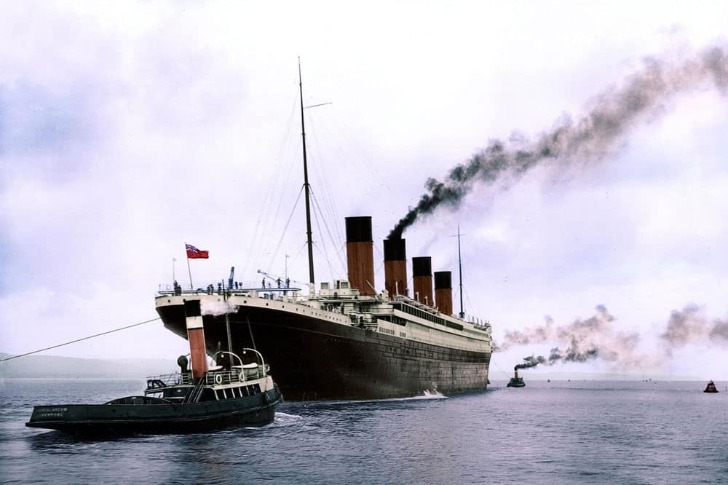
A ship full of dreams and hopes, the RMS Titanic left Southampton, UK, and sank within a few days of its departure. Unaware of the tragedy waiting for the gigantic vessel, all the people aboard were happy and excited for the Cross-Atlantic trip.
Some of them were planning to enjoy days of leisure, but the rest were dreamers who wanted to change their future in a new country. From the giant propellers to the treasured china dishes—everything on that unfortunate ship sank in the ocean, leaving behind stories and photos of the four days when this trip was an envy of many.
Separation of Luxuries and Necessities
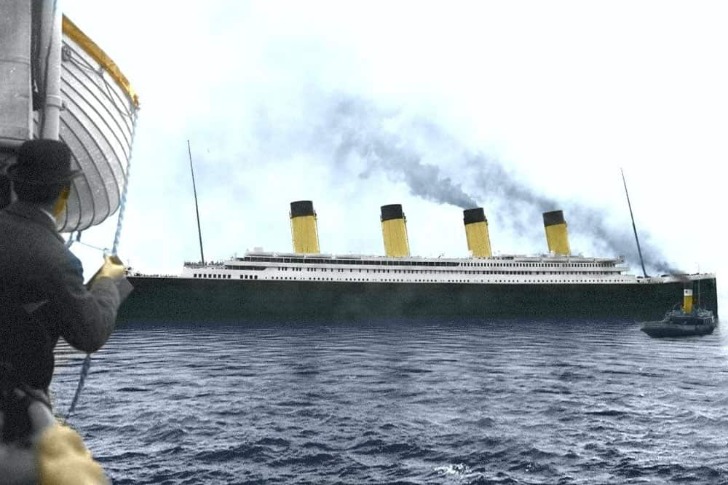
The difference between classes has always been present within the English society, and the Titanic was no exception. The ship was indeed open to everyone who could afford the ticket, but that did not mean the first-class luxuries were available to a third-class miller who got lucky with the ticket and got a chance to experience the greatest wonder of his life.
The four days for which the Titanic cruised uninterruptedly were no less than royal for the richest of the passengers, but the people of the lower deck had a whole different experience.
A Final Goodbye For Many

The day of the departure was like any other for those lining up to bid farewell to their loved ones boarding the cruise. They were there to share the excitement of the passengers, unknowingly saying their final goodbyes.
For the bystanders, those who could afford to get aboard the Titanic were lucky, but they had no idea that the ship was about to go down in history as a reminder and a wakeup call to many that even giant vessels are not always safe to travel. The onlookers were jealous of the passengers, unaware that they were the lucky ones this time!
The Gigantic Propellers
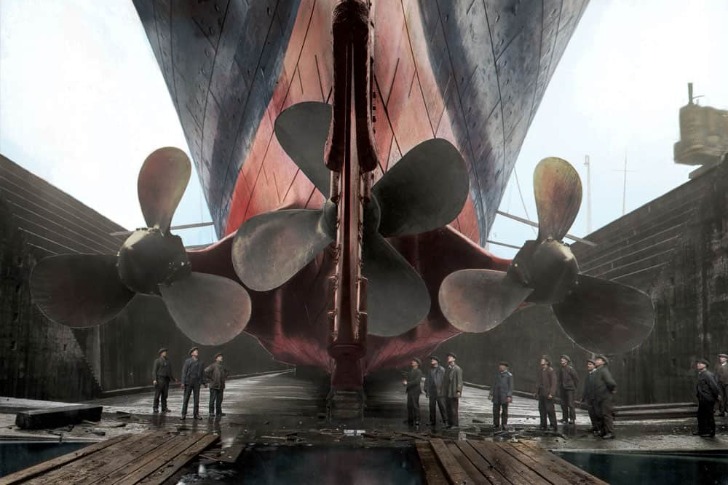
The Titanic's owner wanted to make his creation last forever in history, so apart from spending a huge amount on the interiors of the cruise, he had another idea to make the ship even more impressive. 23-feet wide propellers were built to amaze everyone with its greatness. These rotors were even larger than the ones used by engineers today.
This might have been the most remarkable engineering of the century, but sadly, they weren't able to save the Titanic from its demise. Remember the saying, “all that glitters is not gold”? —this picture is the perfect example of that!
Atlantic Full of Wine and Eggs
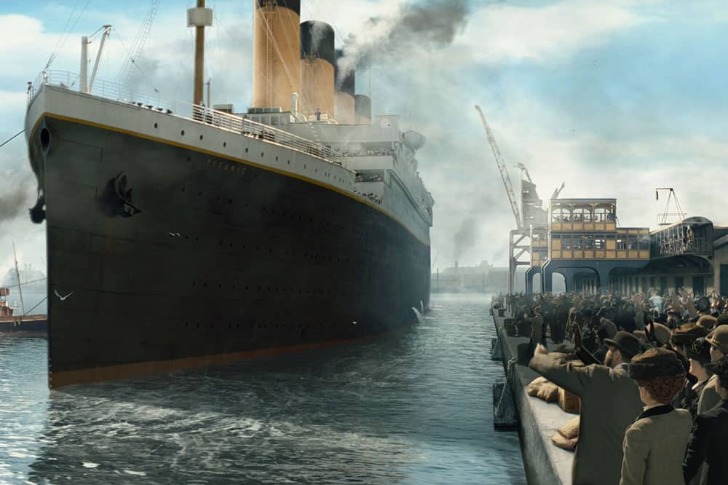
When the ship sank, it went down with thousands of eggs and tons of fresh produce rationed. It might not be as big of a deal as all the lives lost during this tragedy, but the massive amount of food in the luxurious kitchens of the Titanic was as impressive as the ship itself.
Forty thousand eggs and almost 1,000 bottles of wine were aboard the ship when it sailed. This isn't as shocking as the 14,000 gallons of water used per day for drinking. The people in charge might have overestimated the trip because, in the end, the food didn't even get enough time to rot.
A Celebrity Captain
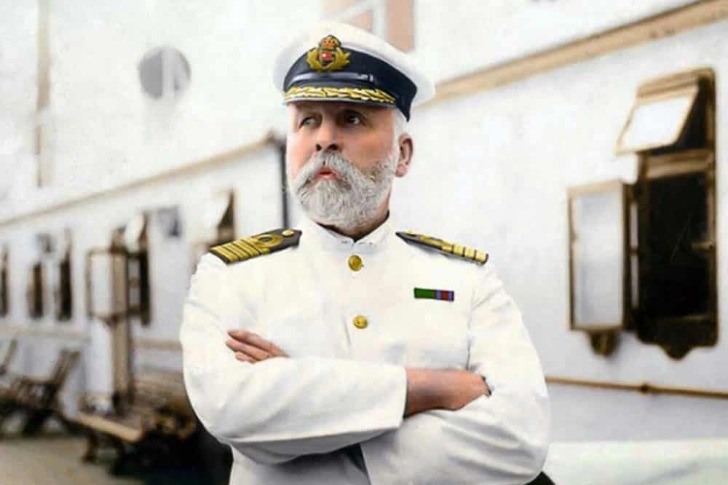
“Everything has to be perfect” —the masters of the Titanic were thinking this when they hired Captain Smith for the ship. A strong-willed leader who can take charge of a massive vessel like the Titanic was the right choice. No matter if he took £105 a month, which was double the average salary of an ordinary ship captain.
Captain Smith was ready to take charge of the Titanic everyone had been talking about. He knew that he'd be more famous once he arrives in the US with the biggest ship in the world. Unfortunately, he didn't get the chance to go down in history the way he wanted.
Newlyweds’ Dream Trip
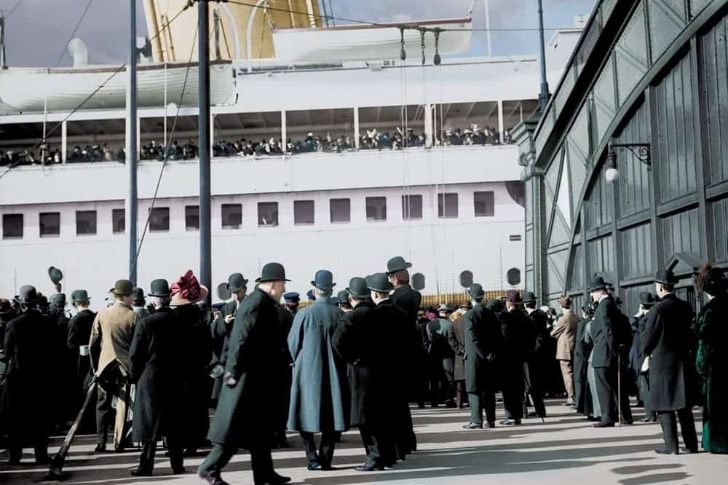
This historical journey was a dream come true for 2,233 people, and it won't be wrong to say that all these passengers thought they were traveling towards a better life, whether it's for a fun trip or starting anew somewhere else. Among these elites and blue-collar workers, thirteen couples just wanted to celebrate their new marriage.
As a part of the welcome, all the newlyweds were greeted with flowers and champagne. Ready for their romantic honeymoon across the ocean, the pairs were excitedly enjoying the adventure until the day Titanic hit the iceberg.
Real Horses
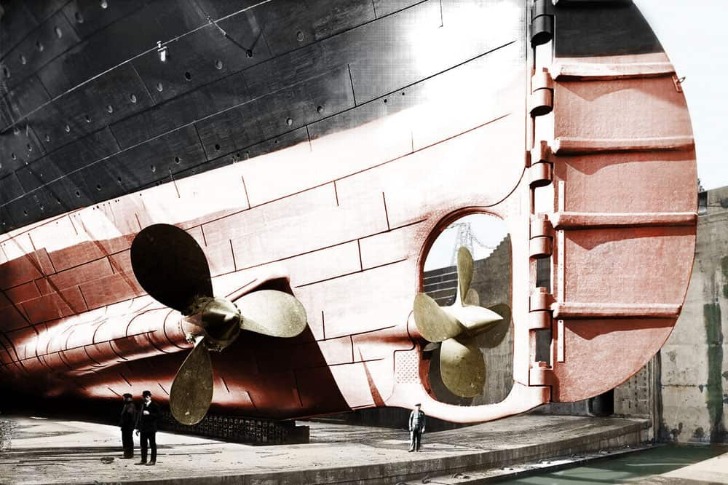
Nowadays, it is easier to build ships that big and luxurious without spending months or years on end, but the attraction of this beautiful creation is in its placement in history. Titanic belongs to a time when there were no vehicles whatsoever to use during its construction.
Real horses, yes—actual ones were used to carry the load from one place to another while building the ship. At least 20 horses were required to transport the ship's anchor alone. Besides the load-carrying animals, a lot of human resources were also involved —3,000 laborers consistently worked on the Titanic's construction.
The Infamous Engine Room
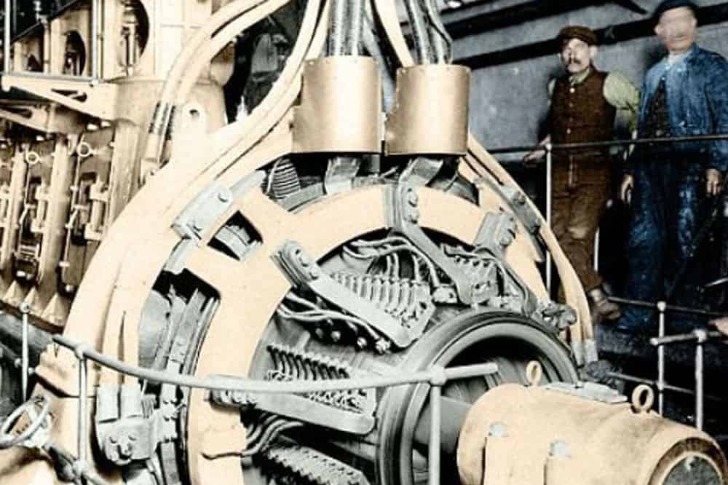
It was the early 1910s, so obviously there weren't advanced semi-automatic operating machines to work in the engine room of the world's biggest ship. It required laborers and workers who were available 24x7 to keep the engines running without any mishap.
The Titanic was going at 26 miles per hour, which is nothing compared to the speed of large vessels these days. Yet, for a giant passenger cruise of the early 20th century that was going across the Atlantic with more than 2,000 people at such speed was nothing short of a miracle.
Making and Breaking of the Titanic
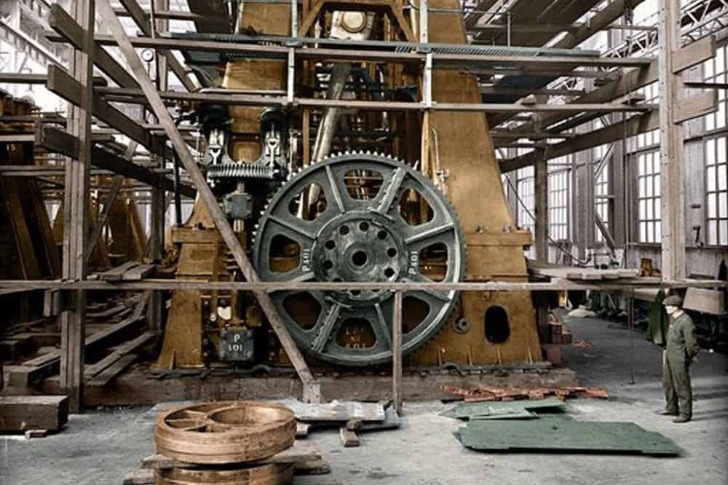
The ship's construction was also as magnificent as the final product. Harland and Wolff was the Irish company responsible for building up the gigantic sea vessel, and they used their shipyard for making parts separately. They combined the whole parts in the yard and separated them into pieces for shipment to the assigned place.
This image was taken when Titanic was just a concept under construction. No one was aware yet of the unforgettable history this ship was about to create. The engine is being built here—yes, the one that failed after the ship hit the iceberg.
A Luxuriously Comfortable Sail for the Elite
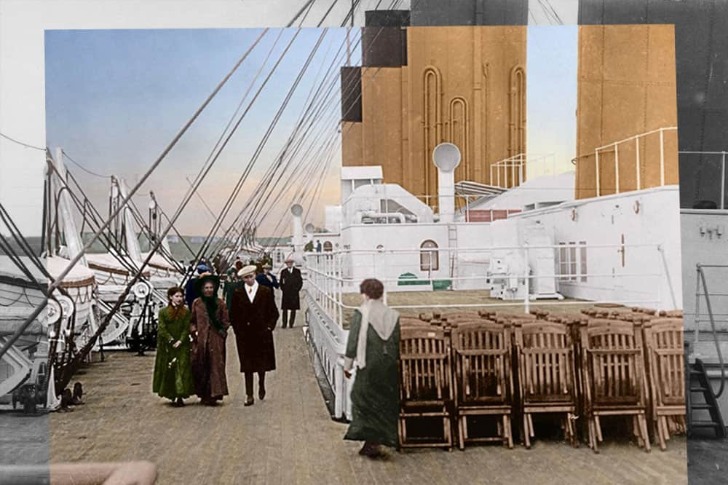
The Titanic owners were not going to dispel the class difference just for a once-in-a-lifetime experience for the poor folks. No matter how many third-class people could afford the ticket, the wealthy first-class guests were the priority for the staff and crew of the giant vessel.
Since the day all the elites of the Titanic stepped in, they were treated no less than royalty. The staff personally took care of every single one of them and made sure their passengers' experience was worth remembering. As for the below deck travelers, it was enough that they were given hot food and warm beds.
Fancy but Unfortunate First-Class Rooms
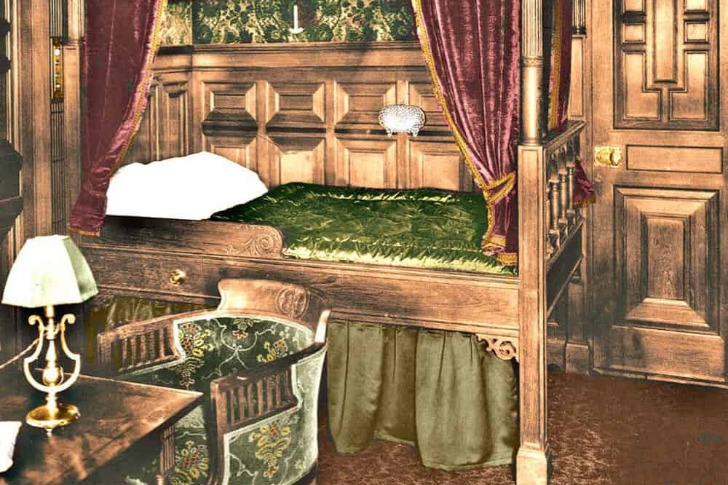
The Titanic was meant to be the epitome of luxurious travel for the passengers on board, but the people who got the best of the services were the elites. There was a part on the ship reserved explicitly for the most exclusive of the passengers. It could only be accessed using a private deck made just for the first-classers.
Unfortunately, during the tragedy, those who got the best of the Titanic were also the unluckiest of all. These lavish rooms were on B Deck, which suffered the most from the accident. Not many people survived on that deck, and all the luxuries drowned along with the unfortunate travelers.
Show of Class at Café Parisien
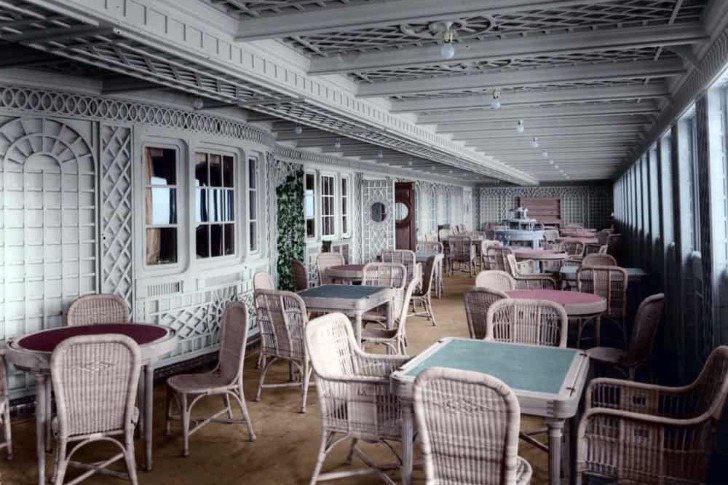
No one knows that you are at the Oscars until you walk down the red carpet. Similarly, the first-class passengers of the ship understood that their fellow elites wouldn't believe that they were on the Titanic unless they show it to them. What better place to do that than the Café Parisien?
A place for the guests to relax and enjoy the view of the Atlantic Ocean served all kinds of delicacies for the privileged travelers of the Titanic. Everyone who was anyone could go to the Café Parisien and mingle with their peers, enjoying Vanilla eclairs, Oysters, and much more.
Fitness Freaks of the Titanic
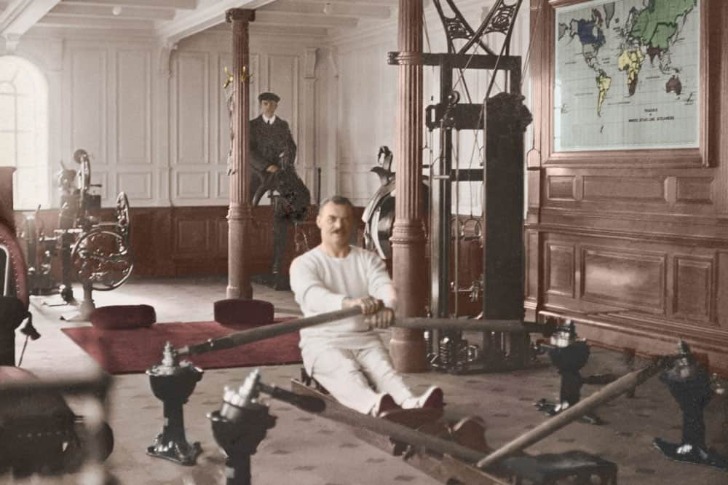
Exceptional dining areas, royal living quarters, and the best services in the whole world were provided on the ship. So, how could the creators miss a gymnasium? It's hard to believe that more than 100 years ago, people actually cared about their health, but there always are exceptions.
You can notice in the picture that there's a rowing machine, cycling machines, and even an electric horse in the classy gym. This might be a child's play compared to our fitness equipment. Still, back then, these services were reserved only for the wealthiest passengers. Unfortunately, they didn't get enough time to explore this place.
A Rowing Machine That Didn't Come In Handy
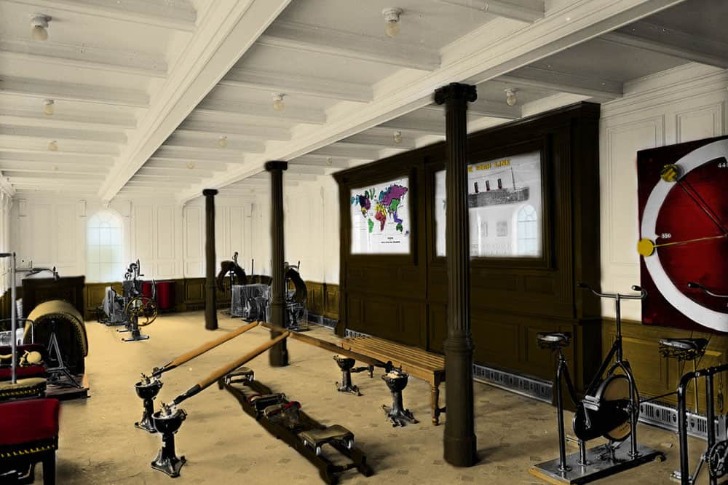
Among the state-of-the-art fitness equipment in the Titanic's gym, there's a rowing machine that serves as a reminder of how much this skill was required for the calamity that was about to happen. But the passengers didn't know the irony, and so, they only admired the mechanical machines from afar.
Now that we look back at this picture, we understand that all the signs were there, but the luxurious surroundings hid them well. Most of the gymnasiums back then had the rowing machine, but it being on the Titanic was the eeriest thing which will keep giving us goosebumps every once in a while.
The Waterproofed Bath and Swimming Area
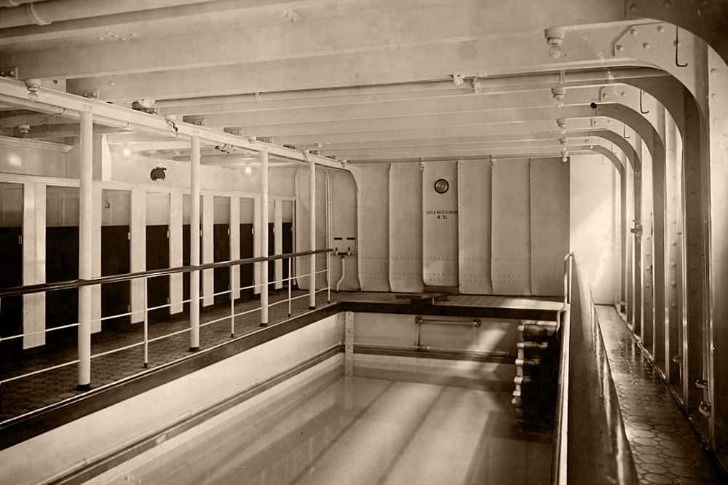
As part of the extensive amenities provided on the ship, there was a Turkish bath and an indoor swimming pool located inside the Titanic's gym. Not as luxurious as the current swimming pools of the cruise ships, this still provided a lavish activity for the privileged guests.
The workers and engineers of the ship worked really hard to ensure the safety of this room—the water shouldn't go out and damage other equipment. Looking at the historical picture, we can say that the engineers' work was impressive because this was the last room to be flooded as the ship sank.
The Movie-Like Set Up
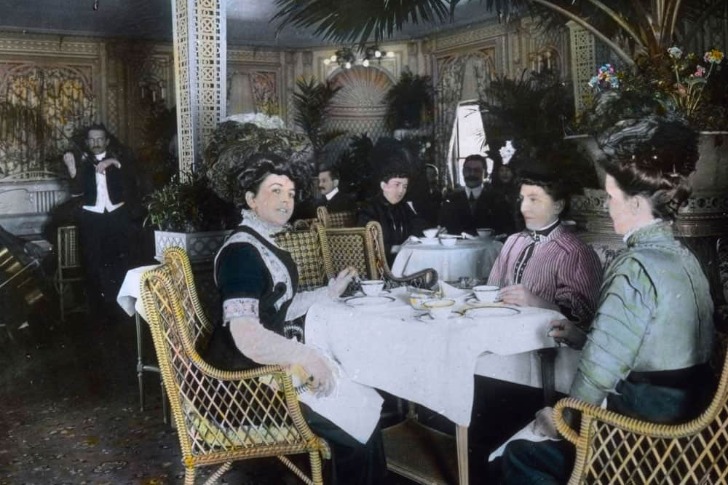
This setting looks familiar, right? Let us tell you where you remember it from—the scene in the ‘Titanic’ movie where Rose’s family is discussing her upcoming nuptials. The hour of the day on the ship was ‘tea time,’ where all the ladies would sit around a table, enjoying their earl greys and gossiping about the ‘next big thing.’
With a pleasant ambiance created by the exceptional musicians, the tea room was mostly filled throughout the day, even at 8 am when the place started serving alcohol. All that remains now of a lively time spent is this photograph.
Ladies but No Gentlemen
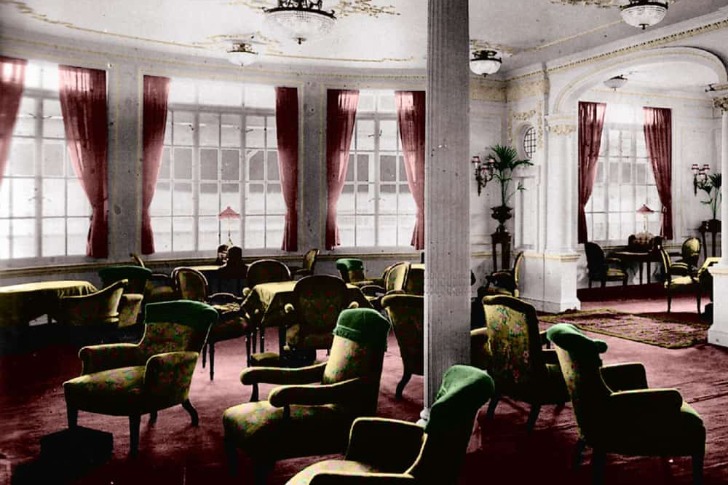
There were many places on the Titanic for the people to relax. Of course, the first-class passengers had more options than the third-class folks. Even a whole room was decorated for women only where the rich ladies could spend some quiet time away from the noisy decks of the ship.
The room with white walls and pink curtains gave a feminine aura of peace and relaxation for the women who could spend more than 12 hours a day enjoying the services and luxuries of this area. They could come and go as they please, but then again, for the first-class people, it was true for every section of the Titanic.
First-Class Blue Room
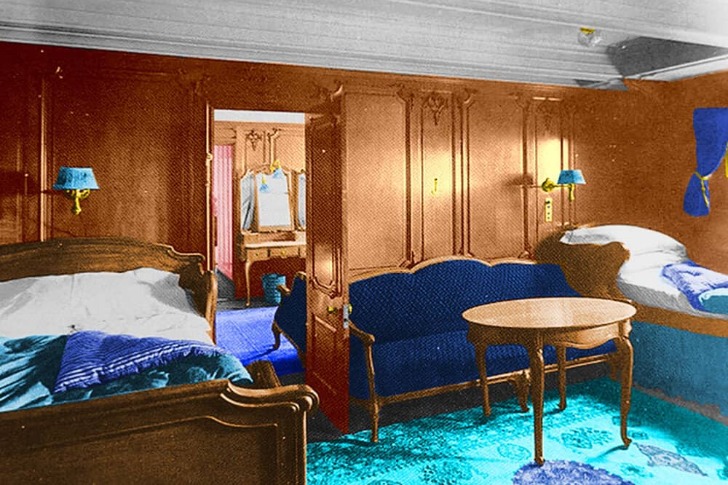
Only the first-class passengers of the Titanic knew what the makers had actually created. The luxury and comfort they experienced for four-days were worth every dime they spent for this once-in-a-lifetime opportunity. On the other hand, the third-class cabins were not even mentionable, as the condition was feeble and barely livable.
Among the most lavish rooms of the Titanic is this blue room, which had an extra bed, a connecting room, and even fully-functioning heating systems. All the wealthy guests had expectations of the Titanic, but what they were provided was far beyond their imagination.
Top Deck Reserved for the Rich
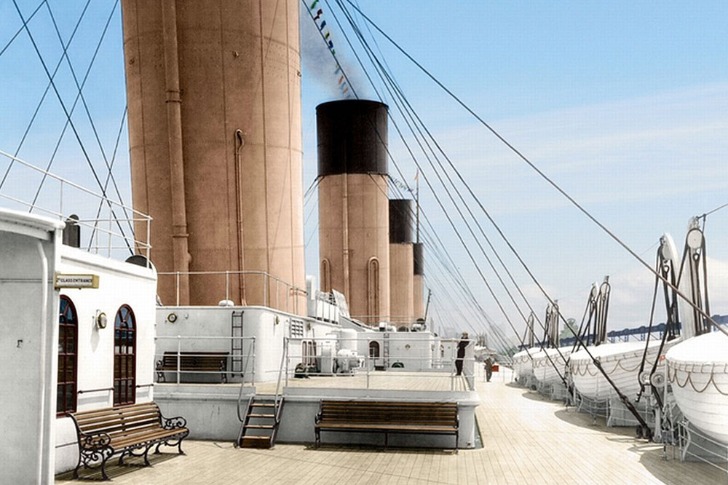
Like most of the areas of this unlucky ship, the top deck was also reserved for the upper-class passengers, where they leisurely chatted with their fellow travelers and enjoyed tea as if there was no tomorrow.
The upper deck was mostly occupied by the young first-class men and women, who soaked up the sun lounging on the deck chairs set up by the Titanic's staff. It was the time of winter, so the sun was out for a short amount of time, but it was enough for the guests to enjoy the breathtaking view in the middle of the ocean.
The Grand Staircase that Perished
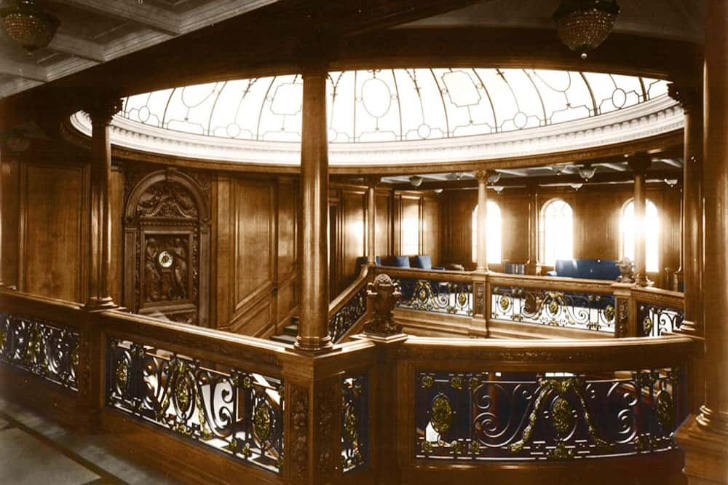
It looks magnificent, doesn't it? Harland and Wolff, the Irish company, did a fantastic job turning a grand looking staircase into a piece of art with stunning oak paneling and perfectly cleaned look. This flight of stairs was reserved for—you guessed it! The first-class passengers.
The ship was big enough to have more than one large set of steps, so this one was exclusively used by the richest of the lot. The makers of Titanic were sure that their creation could stand the test of time—if only they could see the ruins of this grand staircase now.
A Glass Dome to Match the Staircase
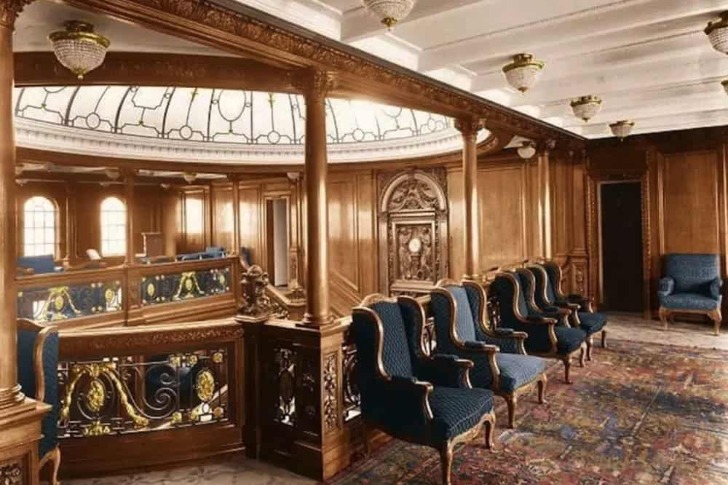
When the Titanic's interior design was brainstormed, Harland and Wolff had this amazing idea of placing a timeless piece of art that won't be witnessed by many but will be remembered by everyone who hears about the magnificent ship. It was a glass dome to match the grand central staircase.
A unique and intricate design for a glass dome, and that too for a sea vessel, was unheard of. Breaking the norms, the interior designers went all out with their creativity putting forth their brilliance in exquisite decor. Too bad, not many guests got to admire their work for long.
Even Heating had a Class
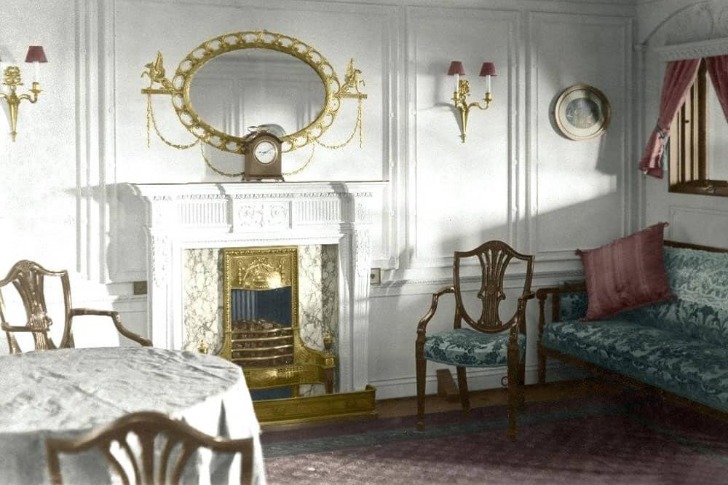
Titanic is all about luxurious traveling across the Atlantic—at least for the rich and wealthy passengers. It was an experience worth dying for, but not for all the people aboard the ship. Like many other amenities, Titanic was also specific about heating provision, which was reserved only for the rich guests.
The second and third-class passengers were not so lucky to get heating as part of their unworldly experience. It was enough for them to have hot food and warm beds without the added luxury of fireplaces that adorned almost all the first-class rooms.
Empire Style First-class Room
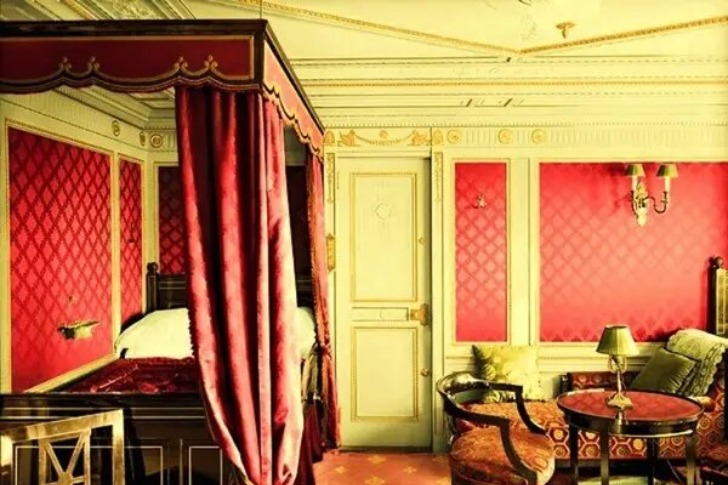
People have different tastes for their bedrooms these days—everyone wants a different color and wallpaper for their room, but back in the day, houses and even staterooms had a standard style. Titanic's living quarters was the first time people saw a variety of richly styled bedrooms in a single place.
The designers wanted to give tribute to different eras in history, so they chose unique themes for the first-class rooms, and this one had the Empire style. With a canopy bed and exclusive mahogany furniture, the place is surely meant for a royal stay.
Another Room for the Richest of Them All
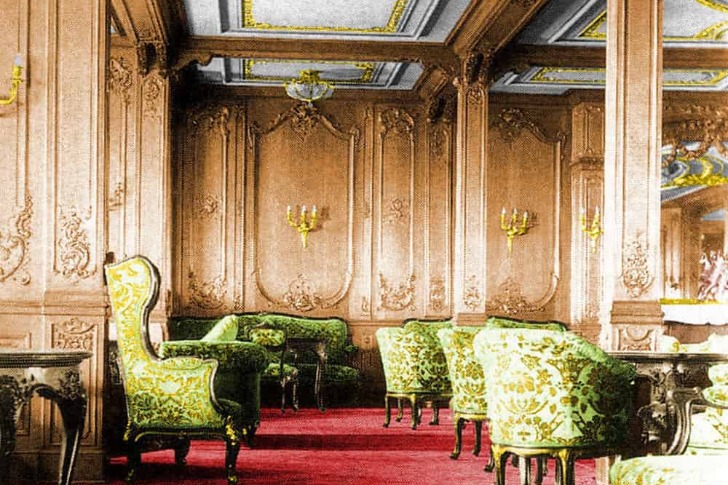
Even before the passengers boarded the Titanic, it was pretty clear that every one of them was not the same. Just because they could afford the ticket, did not mean they will be getting the same treatment from the staff. Only the first-class travelers knew what it was like to be served by the professional workers of the Titanic.
This lounge area looks quite different from the second-class room, right? Of course, the first-class passengers had much more space and staff available. Even the walls and furniture look posher compared to the other sitting areas around the ship.
The Cost of Luxury
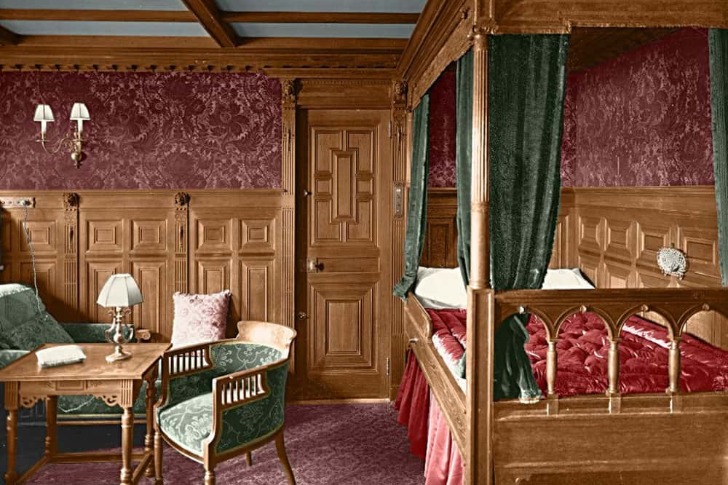
It seems like every artist who worked on the Titanic wanted to leave a mark in history, and why wouldn't they? It was supposed to be the best promotion for the creatives. The first-class rooms are certainly some of the best decor pieces of the 20th century. People did not get much time to enjoy the rooms, but at least they were photographed for us to appreciate.
What interests us most is the price of each room—870 euros, which is now 72,000 euros! People were willing to spend all their fortune just for a few days of travel on the best cruise in the world at the time.
The Obnoxiously Proud First-Class Passengers
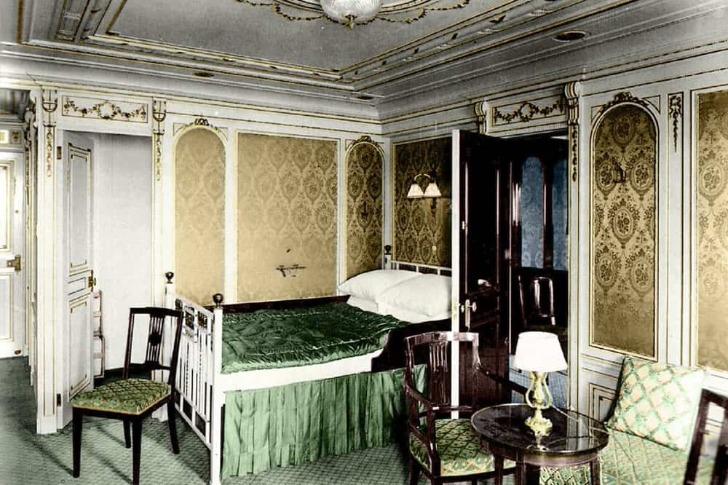
It was only a century ago when the class differences were so prominent that the first-classers didn't even want to see the people of the lower class walking past them. This separation is utterly unfair, but it was the reality of that time, which was practiced on the Titanic as well.
There were separate entrances and rooms for staff members, interconnected with the first-class rooms, so they wouldn't mistakenly come across an elite passenger during their workhours. The lower class folks stayed out of sight, working tirelessly to make sure the richest of the passengers had the best experience on the ship.
The Lavishly Styled Hammam
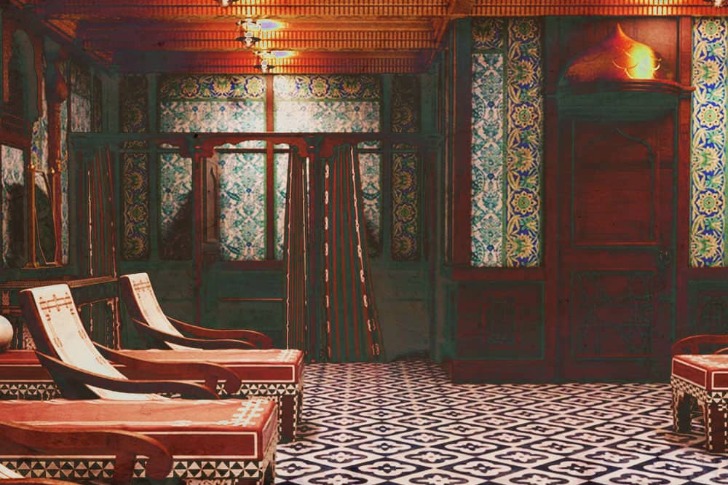
Another luxury for the first-class passengers was this Turkish bath that rivaled many of the European bathhouses. The detailing on the wall tiles alone was impressive, and the services were more of a royal kind. The bath was near the indoor swimming pool of the gym, which we all know was among the last rooms to be flooded.
The Hammam, as termed traditionally, had separate hours allocated for men and women during the day, where they could leisurely enjoy the voyage to New York in peace. There was even a place for buying tickets which cost 4 shillings.
Fine Dining
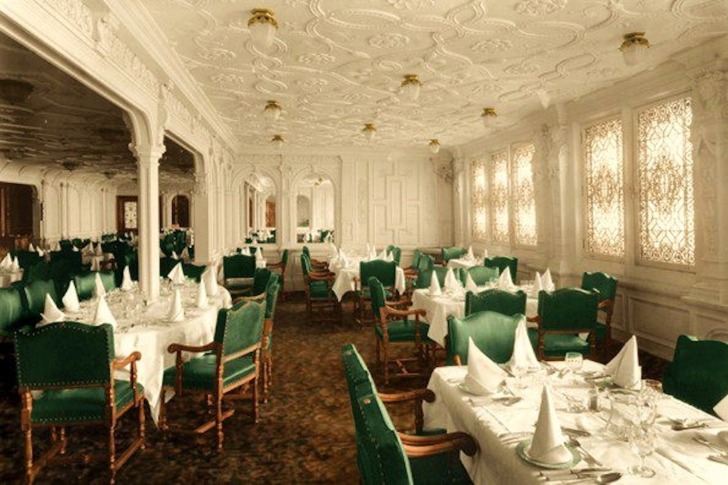
The exclusive staterooms, the luxurious Turkish bath, and over-the-top lounge areas are nothing compared to the immensity of the first-class dining room. Stretched over 114ft, this dining area could comfortably seat 554 passengers and was the largest room on the ship.
From the embellished white walls to the imported expensive cutlery—everything in here was of the best kind. This was a room where the wealthy guests were supposed to visit at least three times a day, so the place was structured in such a way that crowding could be avoided.
Connected Rooms for a Reason
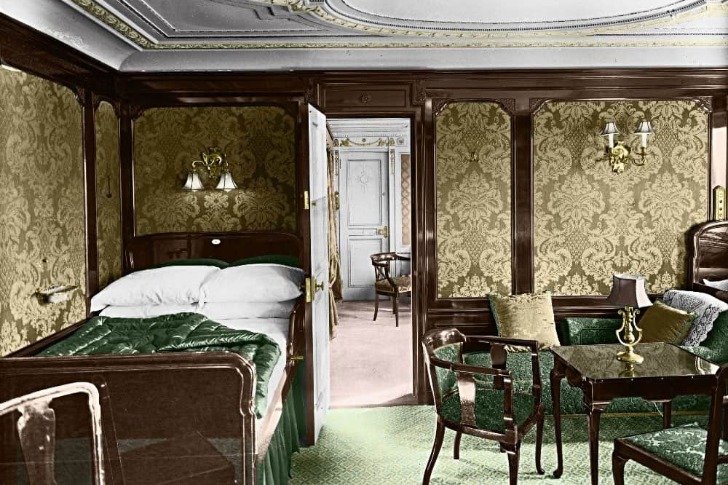
It's a common thing for every hotel these days to have connected rooms for the guests' stress-free stay with their families. But back then, a ship having connected cabins for the passengers—this was a luxury, for sure.
Everyone believed that the connected small room was for the children, but the elites who brought their butlers with them used it for keeping the helping hands close by. The room was smaller than the master suite, but not any less luxurious. Even the second and third-class rooms didn't have this luxury—they had to share bathrooms and sleep on bunk beds.
A Classy Wheelhouse for an Equally Classy Captain
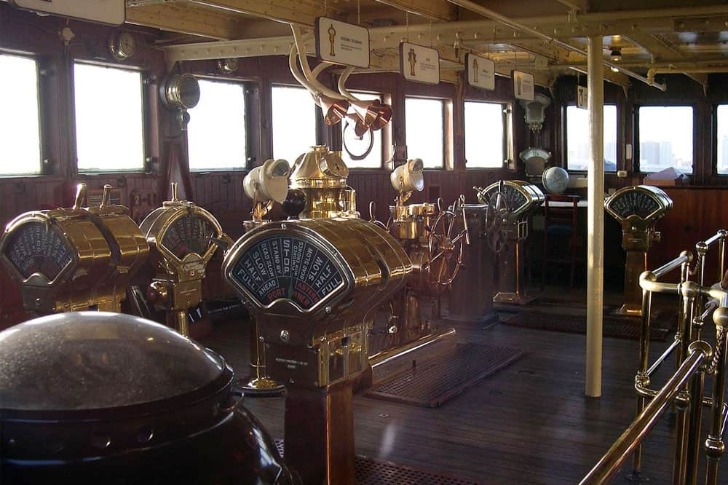
Captain Smith was famously known for handling big ships with ease—that's why he was the first choice of the Titanic's makers. They wanted to provide the best experience for the ship's captain, so the most luxurious wheelhouse was made.
It must have been a crowded place when everyone realized the ship was about the hit an iceberg. All that luxury and comfort was useless when the crew was unable to save the ship from its ultimate destruction. The room was situated on the boat deck, and most likely, one of the places flooded quickly.
It's a Lounge At least
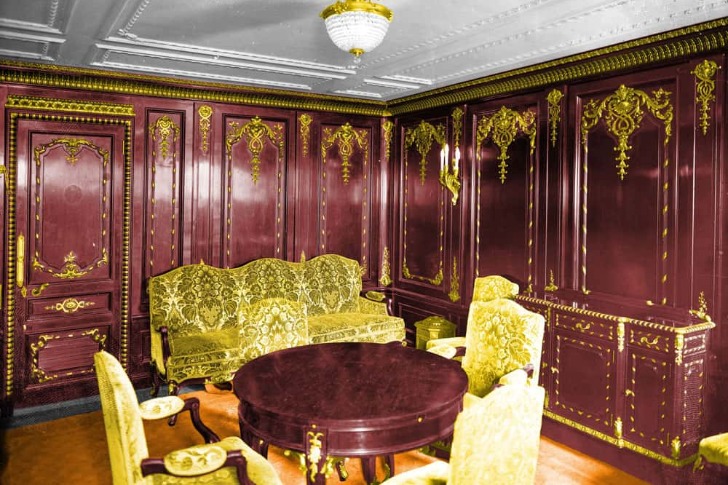
Here's another example of the difference between classes that was practiced wholeheartedly on the Titanic. The makers wanted every passenger to have an unforgettable experience on the ship, making sure every class had the necessary services and activities to pass their days.
This is a second-class lounge area, and it might have fewer facilities than the first-class sitting room, but it was a good experience for the guests. Imagine how many laughs and memories are stored in the rusted, almost decayed walls of this room.
Cafeteria for the Less Fortunate Passengers
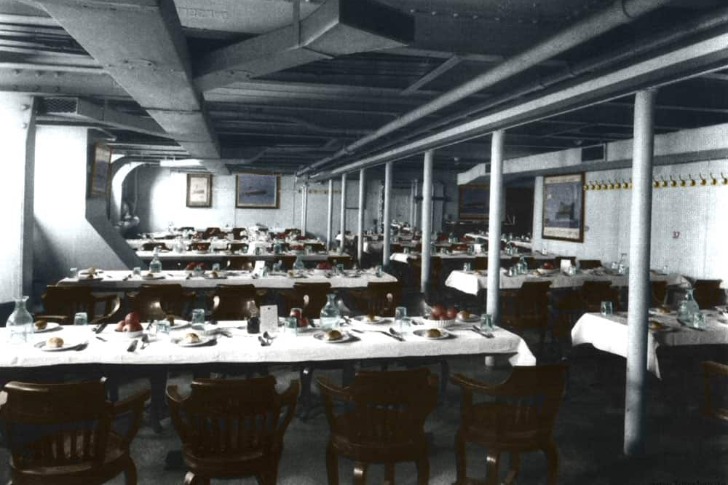
We are already aware of the class difference maintained at the Titanic voyage, but that does not mean the makers of the ship didn't care about the third-class passengers. According to the survivors, the lower deck dining hall was nothing short of a fancy dream for most of them, but of course, we know that they weren't given the best of the best.
The dining hall that looked more like a school cafeteria served baked potatoes, porridge, and roast beef, which by the third-class passengers' standards was more than they had hoped for.
The Non-Luxurious Third-Class Lounge
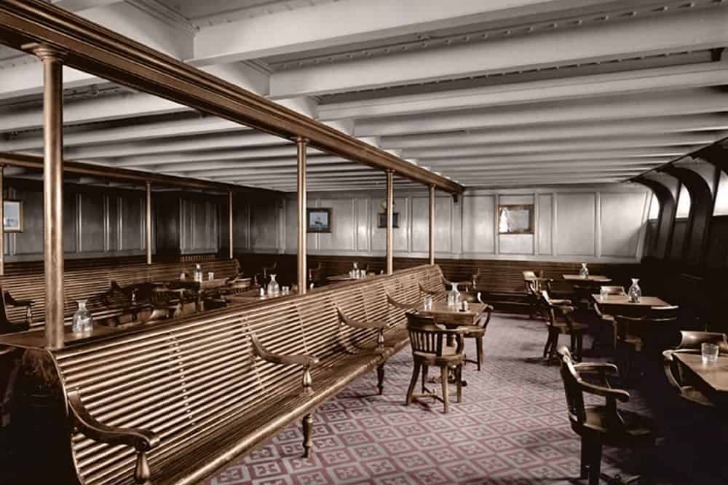
Everything for the third-class guests on the Titanic was nothing more than a necessity. From rooms to lounge areas, everything reminded the lower-class folks that they did not belong there. The place most crowded was the third-class lounge that had no plush seating, or attentive servers waiting on the passengers.
For these guests, though, it was less about the travel and more about the destination—where new life was waiting for their arrival. Unfortunately, not many survived the voyage and died with their dreams buried deep inside their frozen bodies.
Yet Another Social Discerning Moment
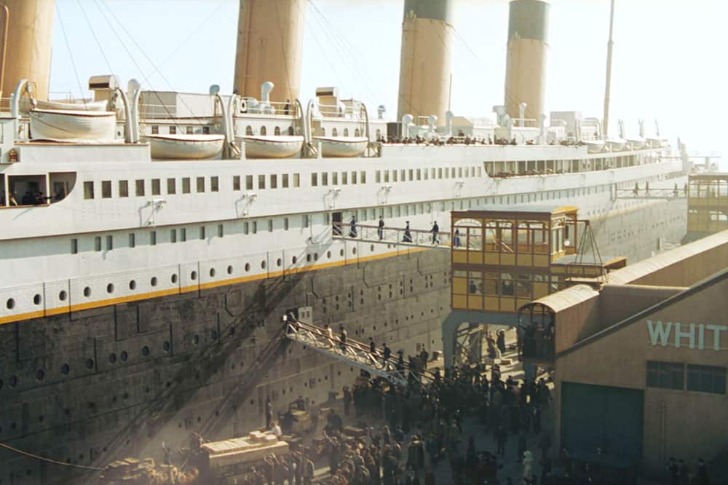
We can see how considerate the makers were of social perception by looking at the many staterooms and entertainment areas for the passengers of all classes. While the first-class guests were welcomed and greeted with humble and warm smiles, the second and third class passengers had an entirely separate entrance on a lower deck.
The creators went above and beyond to make sure everyone stayed in their respected social circles, which ensured that the elites were always happy during the voyage, and the lower class people were always away from the extravagant parts of the ship.
Miracles Don’t Come with Price Tags
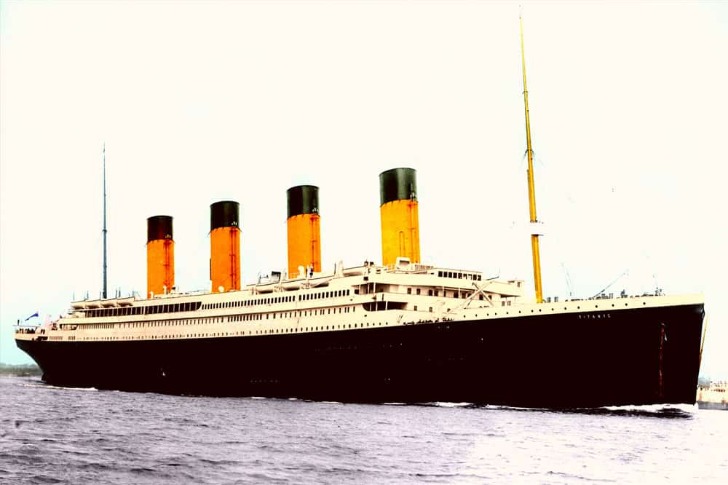
After looking at the luxurious first-class rooms, well-decorated seating areas, and fully-equipped lounge rooms, you must be wondering how much such a miraculous creation would cost? At the time, Titanic was built using $7.5 million, which is not an impressive amount, considering the luxurious cruise ships we see today.
Now, if a remake of Titanic is considered—this price wouldn't even cover the propellers' cost! At least $175 million in today's currency are required for a Titanic reboot. Now, this small fortune would surely build an impressive sea vessel, don't you think?
The Crossbeam That Didn’t Hold
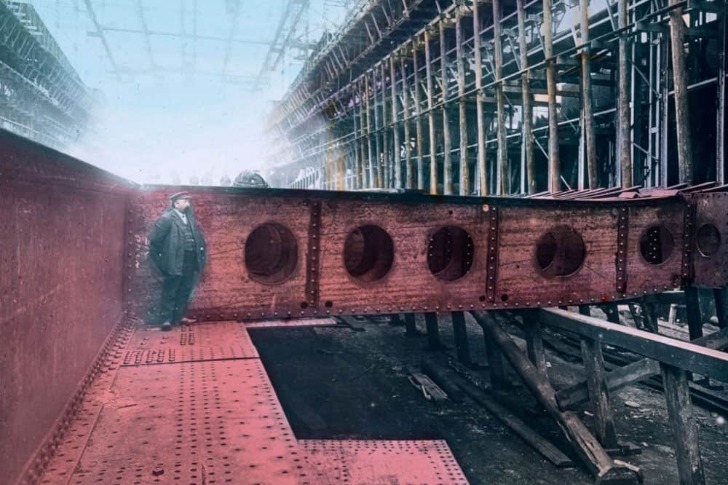
Titanic is a disaster that not only claimed lives at the time of its sinking, but it also killed people during the construction period. The metal crossbeam in the picture was placed in the middle of the ship to provide stability and longevity for the vessel—we all know what happened at the end.
During the 26-months of the ship's construction, more than 3,000 laborers worked to perfect the creation of a visionary. Unfortunately, the workers didn't know that it was a matter of life and death as eight people died before the ship was finished.
Radio Operator Turned Lifesaver
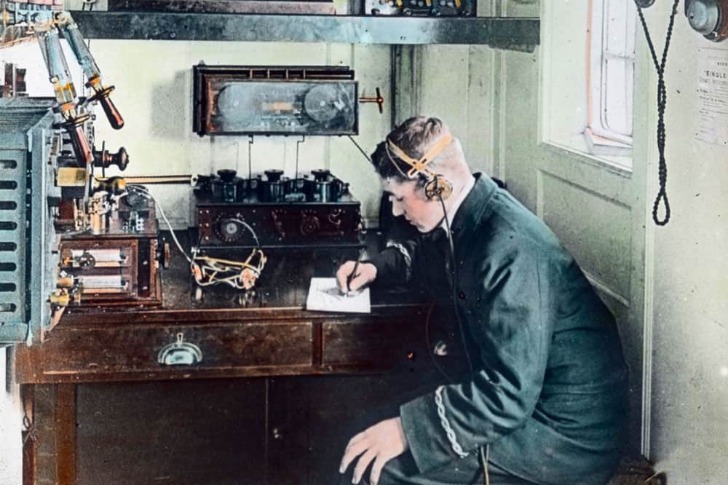
The wake-up call for the radio operations industry came after the Titanic sank. Only one person was working in the radio room on the ship. Yes, there was a whole room allocated for sending updates about the passengers to the outside world.
Unfortunately, the young man you see in the picture was the only person responsible for sending out updated information, and that's why he didn't leave his post even when the Titanic was sinking. The radio operator must have thought of leaving in a lifeboat, but his worry for more than 2,000 troubled passengers took hold, and he lost his life in the tragedy.
The Hydraulic System Went KABOOM!
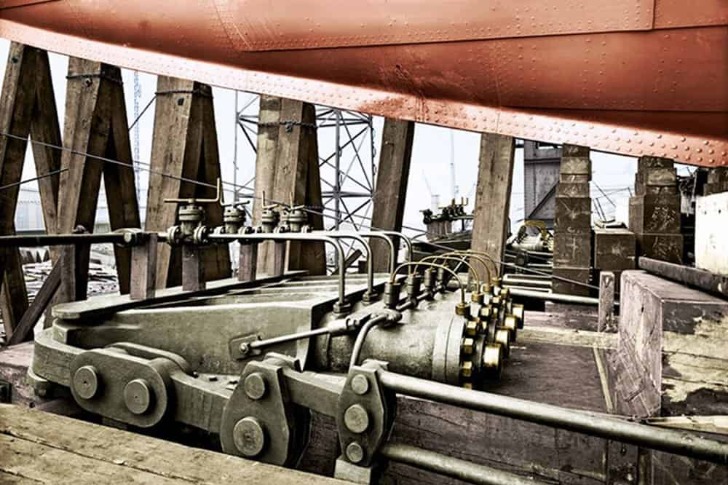
The classy décor and the wealthy passengers weren't the only impressive things about this ship; it's internal working systems were also state-of-the-art for the early 1920s. Titanic had launch rams that aided the forward sail, which was surprisingly, still working as the ship sank.
Later, the survivors mentioned they heard a loud boom as the ship's back end went underwater. When modern scientists and physicists analyzed the ship's data, they concluded that it was indeed the hydraulic system that exploded. It turns out, everything great about the Titanic was destroyed by the ocean one by one.
Sunk into The Ocean's Bed
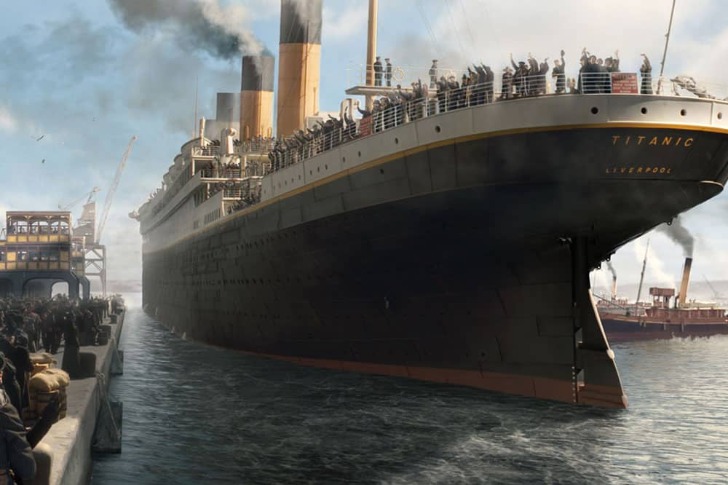
It has been more than a century, so naturally, the Titanic is disintegrating at the bottom of the ocean. Divers and explorers have tried for years to somehow get the best parts of the "unsinkable" ship out of there, and in doing so, 6,000 artifacts were discovered from the ruins.
Currently, Titanic is 12,600 feet under the Atlantic, and what's more tragic than that is the front bow is buried into the ocean bed, 60 feet deep. A ship that was never meant for destruction is now decaying helplessly in the deep-sea.
When the Time Stopped
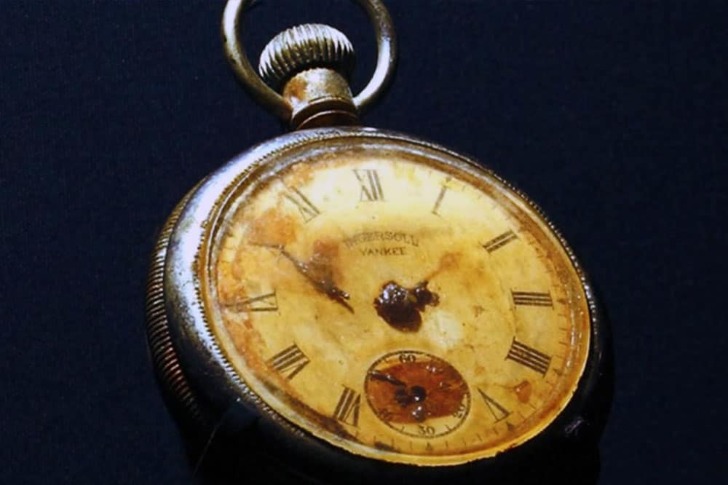
Ten minutes to two—that's when this pocket watch stopped working, because right after that, Titanic was completely under water. After more than two hours of contemplating life and death situation for the onboard passengers, the ship finally lowered to the depths of the Atlantic.
Even though the recovered artifacts had been acquired by many who want to become part of the Titanic's history, this pocket watch never made it to a sale or an auction. Stored at an exhibit that was established 100 years after the ship sank, the watch reminds us of the tragic moment all hope was lost.
Binoculars That Were Never Used

David Blair is a name that will always be associated with the Titanic, even though he wasn't on board. The incident didn't happen in an instant; it was a set of unfortunate events that led to the ship's sinking. Mr. Blair had the key to the ship's crew nest that held the binoculars—the one that could have helped see the iceberg sooner.
The man was reassigned right before Titanic set sail, and he took the keys with him unknowingly. Some say that if binoculars were accessible, the tragedy could have been avoided, but some speculate that the night would have hidden the iceberg anyway.
Half-Empty Lifeboats
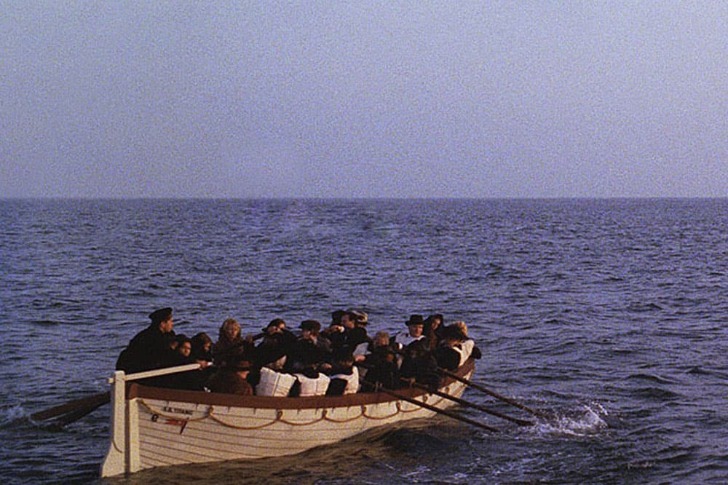
The iceberg hit was so sudden that people got confused about how they should save their lives. When the first lifeboat left the Titanic, it wasn't even filled to the brim. A matter of life and death made people unsure of their survival instincts, so it's understandable they didn't think that lifeboats were safer than the majestic Titanic.
The crew must have more adamantly placed people in the lifeboats; this way, 51% of the passengers would have been saved instead of only 31.6%. The panic must have kept everyone on their toes, and this caused the loss of more lives.
Women Took Charge
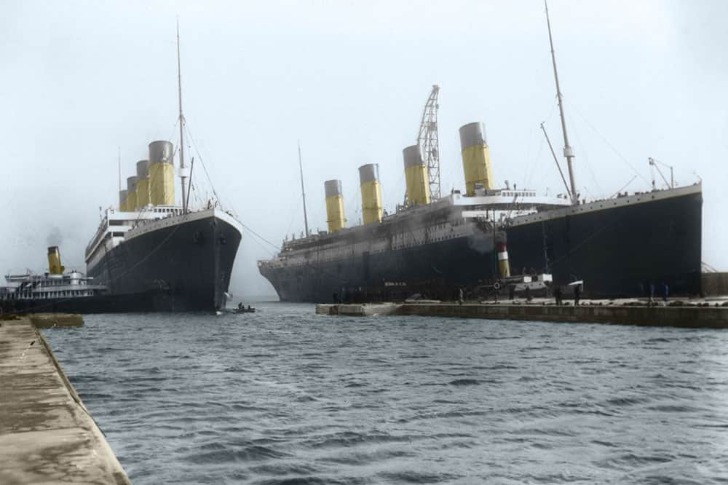
As the people of the great voyage realized that their lives were now at stake, the passengers started to vacate their cabins and hurried towards the upper deck. As per the protocol, all the women and children were given the first chance to get on the lifeboats, which meant there was no male rower to take them away.
The women had to fend for themselves at this crucial time, and the stronger of the bunch took charge of the boat, encouraging the frightened survivors to stay strong as they rowed away from the Titanic.
The Longest Wait
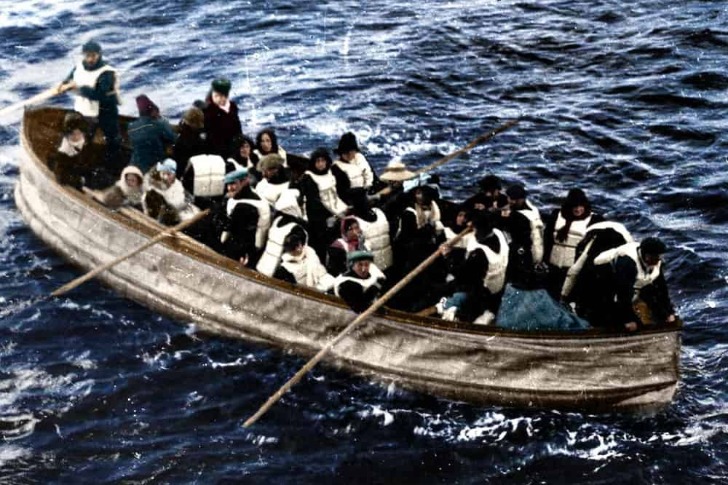
It was near midnight when the first lifeboat was lowered into the icy-cold water of the Atlantic Ocean. Among the occupants were women and children, trying to get away from the sinking ship as fast as possible, hoping to find help in the deserted waters late at night.
Luckily, Captain of the RMS Carpathia had already started sailing towards the Titanic, and within two hours, he was there. Carpathia sailed non-stop until it reached the lifeboats with only one goal in mind—saving as many people as possible. The wait must have been excruciating for those who thought the freezing water might become the last thing they feel.
Molly Brown – Unaffected in the Face of Terror
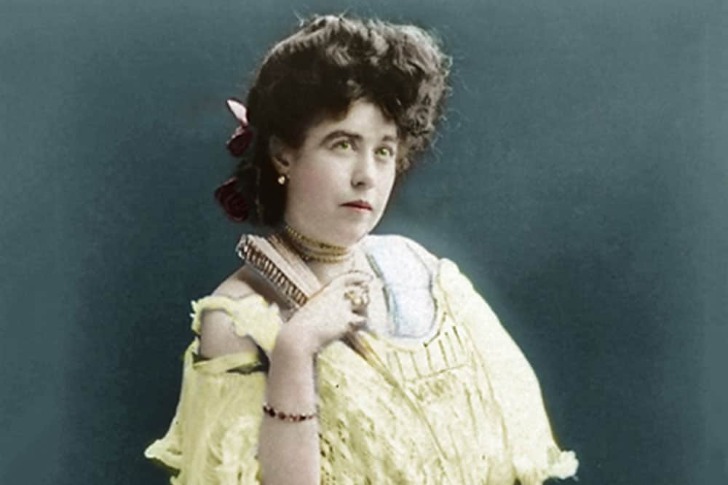
A woman who ran for the US office when there wasn't even a concept of female voting-imagine what she must have been like when Titanic was about to sink. Margaret Tobin Brown was a force to be reckoned with when she joined the elites on the Titanic.
Never one to lose hope in the face of terror, Molly was more of an unshakable wall when people around her were shivering in fear. She took charge of a lifeboat and rowed for seven hours until the Carpathia located them. Molly was so considerate that she even shared her furs to women who needed them more than her.
Survivors on the Carpathia
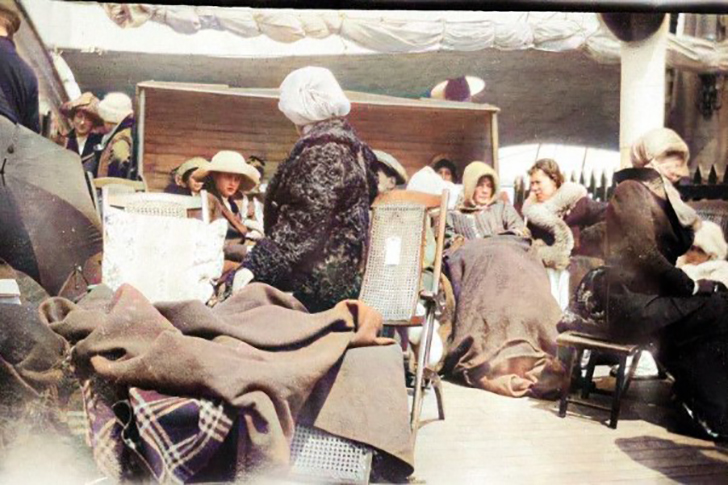
Carpathia wasn't as big a ship as the Titanic, but the captain wanted to make sure every survivor was comfortable during their trip to New York. They had been through a terrible experience, and the only thing the crew of this ship could do for them was safely transporting them to their initial destination.
We see a bunch of people wrapped up in layers of fur, soaking up the sun in cold weather. We can't even begin to imagine the terror these people must be feeling after the night of horrors passed away.
The Next Morning
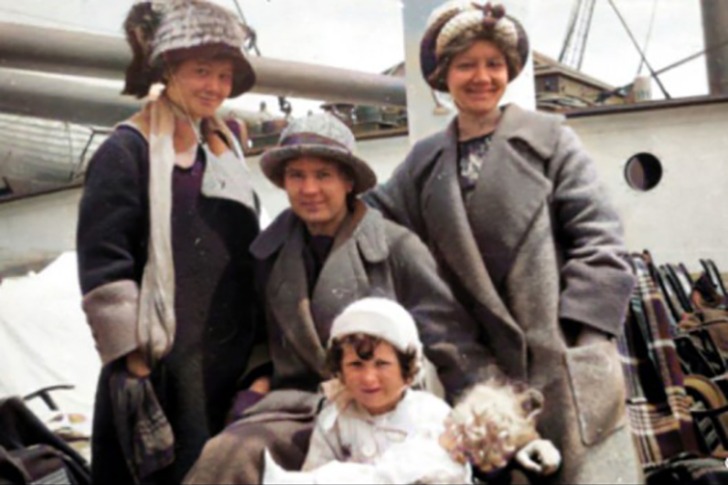
On the night of April 14th, 1912, more than 700 survivors were not sure what the morning would bring, but looking at this picture, we can say that they felt better after going through the scare of their lives. Losing loved ones and their life-long possessions will never be forgotten, but they had a reason to smile because they were alive.
Here, we have Bernice "Bernie" Palmer, posing with her mother and fellow passengers on the next morning of the great calamity. She is the girl responsible for taking unforgettable photos of the survivors with her brand new handheld "Brownie" camera.
Captain of The Century
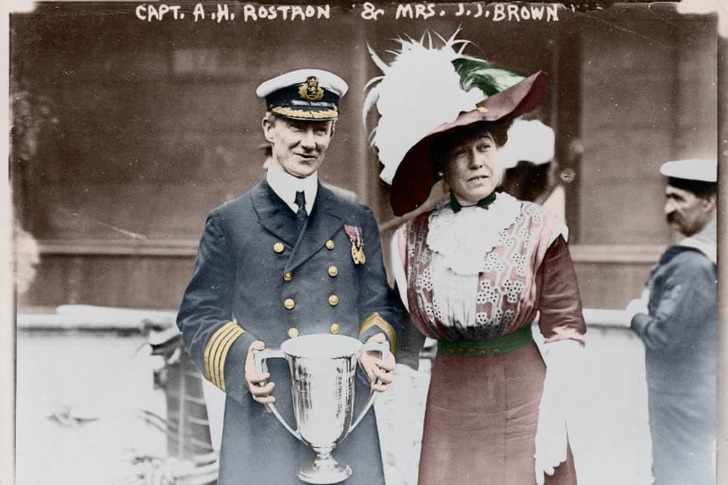
All thanks to the Titanic's tragedy, there were two captains who went down in history. Besides Captain Smith, Captain Arthur Rostron of the Carpathia also became famous after this incident. He is the brave leader who saved hundreds of survivors when the Titanic went down into the ocean.
You remember the radio guy who sat at his post until his last breath, sending out signals to whoever was listening? Rostron was the one who heard the call and immediately rerouted his ship. It took more than 3 hours to reach, but at least 700 survivors were saved, all thanks to this captain's brave take at the time of panic.
The Fortunate Yet Unlucky Children
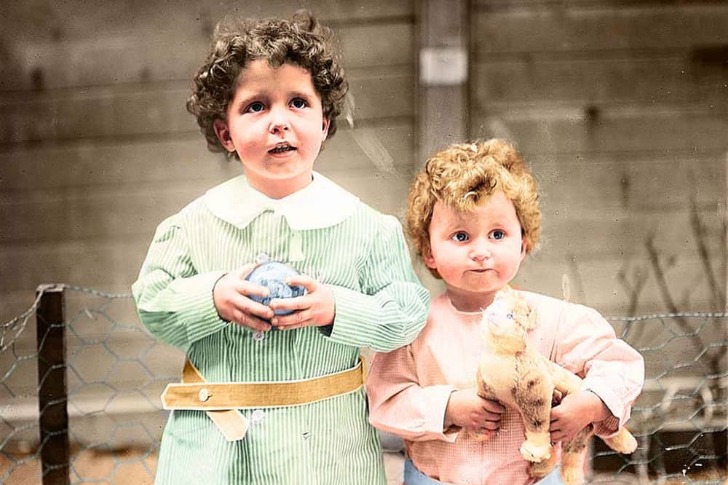
It was the standard protocol to send women and children first in the lifeboats, so Michel and Edmond Navratil’s father had no choice but the leave his boys with strangers. Their mother was not with them on the ship, so the two young kids were all alone after their father died with the people stuck on the Titanic.
Fortunately, they arrived unharmed in New York, but their suffering didn’t end. After losing their father and staying away from their mother for days—the kids were unsure and scared for two more weeks before they reunited with their only living parent.
When All Life Savings Sank in The Ocean
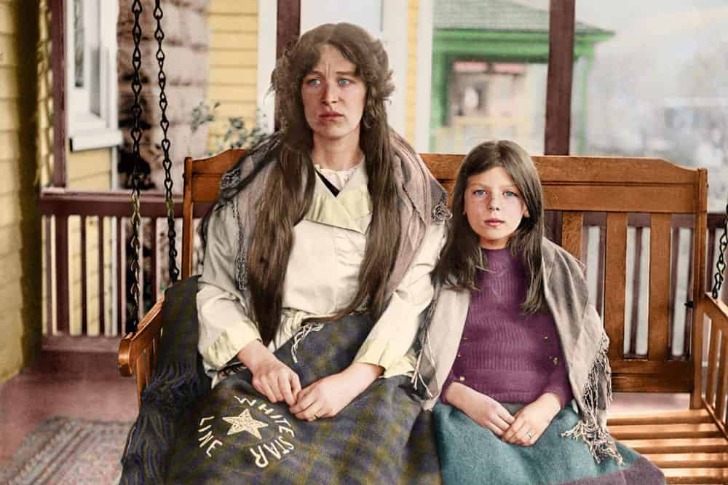
The calamity was so enormous that it took a while for people to realize they had lost more than they thought. Charlotte Collyer and her daughter, Marjorie, were among the survivors who escaped with the RMS Carpathia and left behind a loving husband and father, along with all their life savings, in the ocean.
When the rescued people arrived in the US, they were surrounded by reporters to pose for pictures and tell their tales. It looks like this picture was taken at a time when Charlotte hadn't come out of the biggest shock of her life.
Titanic Achieved What It Aimed For
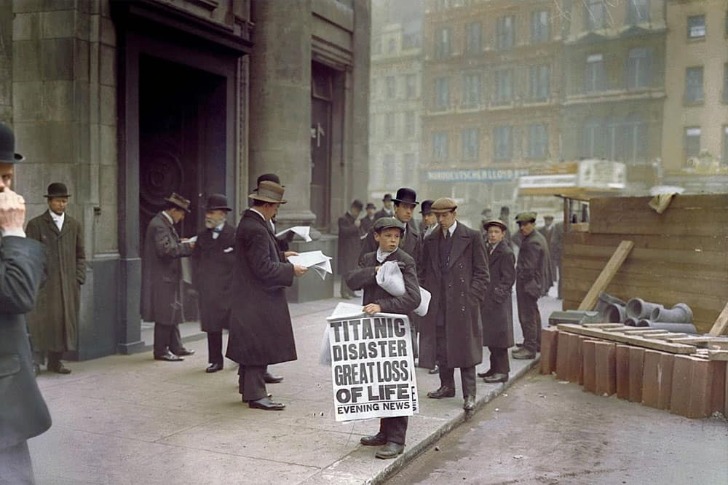
The goal of the Titanic's makers was to make it go down in history, which was attained but not in the way they had hoped for. Weeks passed, but the whole world couldn't stop talking about the greatest disaster. Everyone was blinded by the lavish offerings of the ship and forgot to consider the dangers always waiting at the unexplored waters.
Here, you see a young man holding a poster with the headline, "Titanic Disaster Great Loss of Life." To think that mere days ago, no one had imagined such a tragedy could happen!
Frederick Fleet - The Man Who Saw the Iceberg
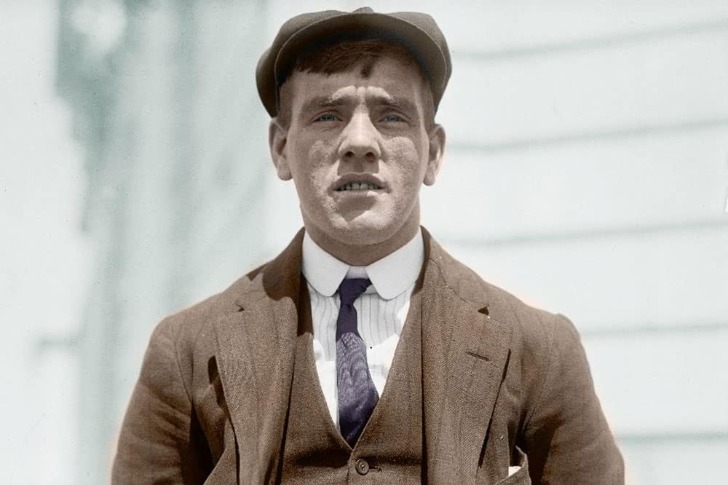
The Titanic wouldn't have a single survivor if it weren't for Frederick Fleet, who saw the obstacle first and shouted, "Iceberg, straight ahead!" We say that his warning saved at least 700 passengers, among which there was a considerable number of children, but Frederick didn't think so.
He thought that he was late in his warning, and many people lost their lives. According to Frederick, if he had seen the iceberg in time, there might have been fewer casualties. The crewman was a survivor of the Titanic and testified that they could have prevented this disaster. He even blamed himself for the whole thing after escaping death.
A Silent Film Featuring a Survivor
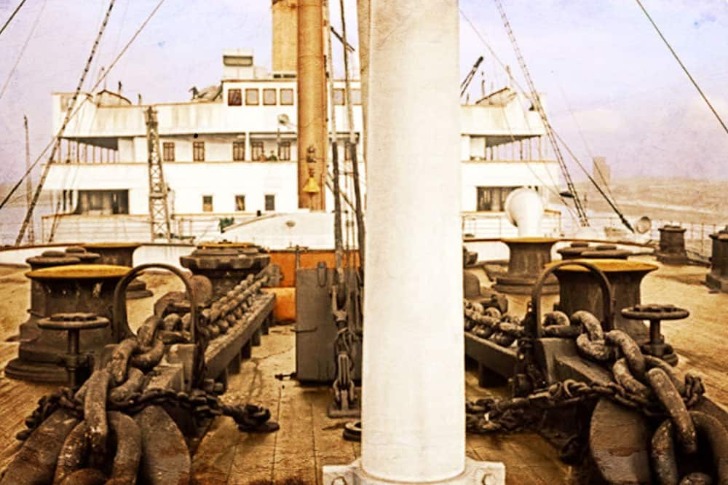
How long should the entertainment industry wait before making a film on a tragic real-life event? Well, there's an unspoken "too soon" rule, but the filmmakers of 'Saved from the Titanic' were in quite a hurry as they released their silent film only a month after the tragedy happened.
The most memorable thing about the film is Dorothy Gibson. The American film actress who was aboard the unlucky ship and survived the disaster. What it must have been like for Dorothy to live the most frightening moments of her life twice!
The Young Untainted Minds
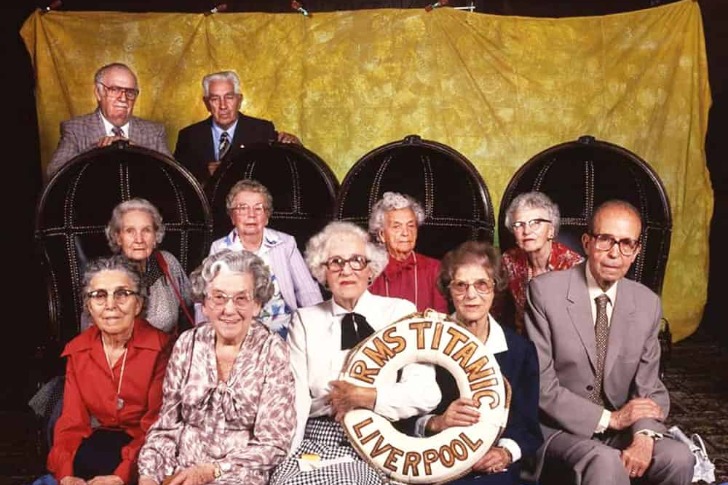
The survivors of the magnificent voyage had their own stories to tell, but people were more interested in the untainted memories of young children. The kids who survived the disaster remembered a lot but were unable to express themselves. As they grew older, the young minds realized the traumatic past they had experienced.
The saved passengers told their tales once they comprehended everything about that night, and the most fantastic thing was, everyone had a different perception of the tragedy. The contracting stories provided a more extensive view for people who wanted to know more about the passengers' final thoughts on the Titanic and less about the ship itself.
The Unending Hopeful Tunes
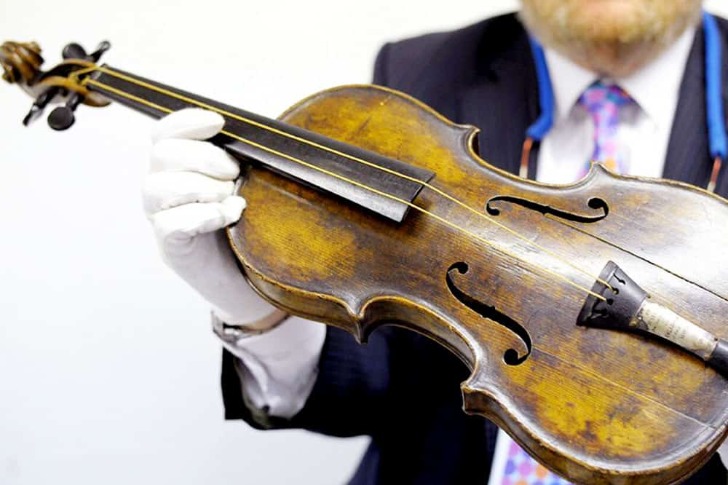
Almost all of us have watched the 'Titanic' movie, and the scene where the band decides to continue playing their instruments, as the ship sank, was definitely a touching moment. Surprisingly, it wasn't made up. Wallace Hartley, the leader of the Titanic's music band, continued playing his violin until the ship submerged.
The melodious tunes were giving hope and courage to the people escaping the sinking Titanic. Wallace went down with the ship while his violin was still strapped to his body. An auction in England sold the instrument for '$1.7 million,' but we'd say it should have been priceless.
Youngest of Them All
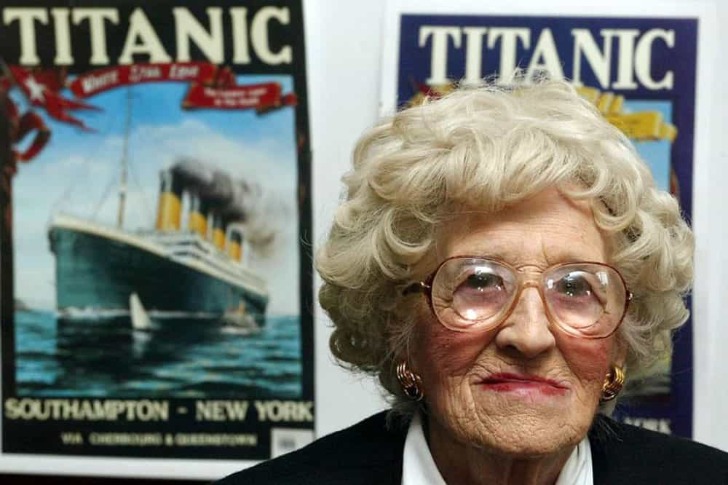
Eliza Gladys "Millvina" Dean was no more than two months old when she became world-famous. Boarding the Titanic with her parents and older brother, Millvina was able to get on a lifeboat with her family sans her father before the ship sank.
All the passengers who survived the Titanic were celebrities after they reached the US, but Millvina was extra special, because of her young age. Everyone was astonished to see a helpless baby surviving the tragic incident. Amazingly, she didn't know about her being on Titanic until she was eight. Millvina lived for 97 years before passing away in 2009.
A Faux Smokestack
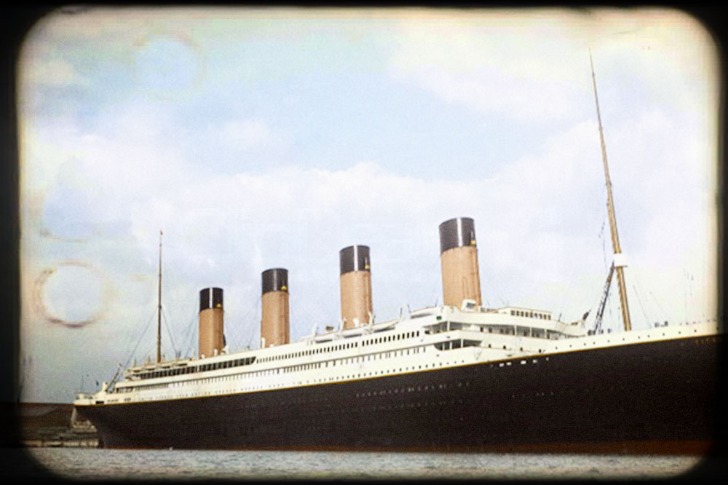
When we look at this picture of the Titanic, we see a massive ship with four smokestacks, that only add to the grandeur of the already deluxe vessel. Apart from exclusive interior designing, the exteriors of this ship are also praiseworthy.
Many people are unaware of the fact that one of these smokestacks is fake. They weren't functional at all because Titanic didn't need more than three of those. The fourth one was only added to increase the appeal. We have to admire the creators' vision here, who left not a single stone unturned while realizing his biggest dream to reality.
A Fake of the Fourth Smokestack
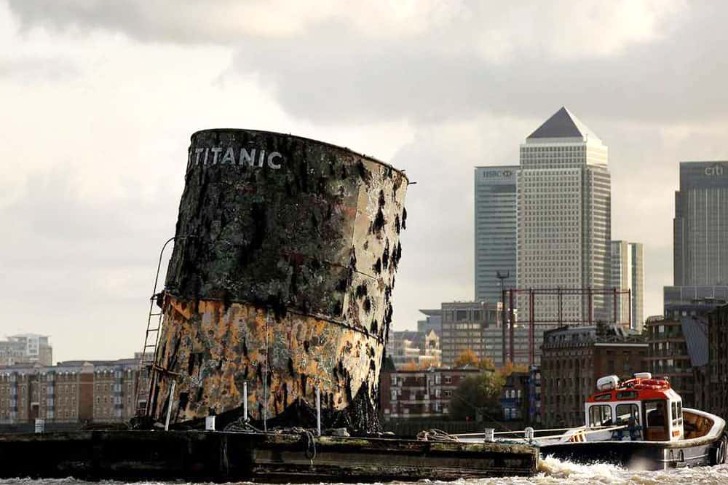
When Greenwich, London, organized the Titanic exhibition, they floated a replica of ship's fourth smokestack onto River Thames and brought it to the Bridge Tower. Needless to say, it got attention from all around the world.
The Titanic has always raised curiosity among the people interested in tragic historical events. So, it was only a matter of time that one day, there'd be an exhibition of the Titanic's destruction. From the luxurious first-class cabins to the rotted grand staircase, everything about this splendid ship is worth admiring, and people did enjoy the display.
What If There Were More Lifeboats?
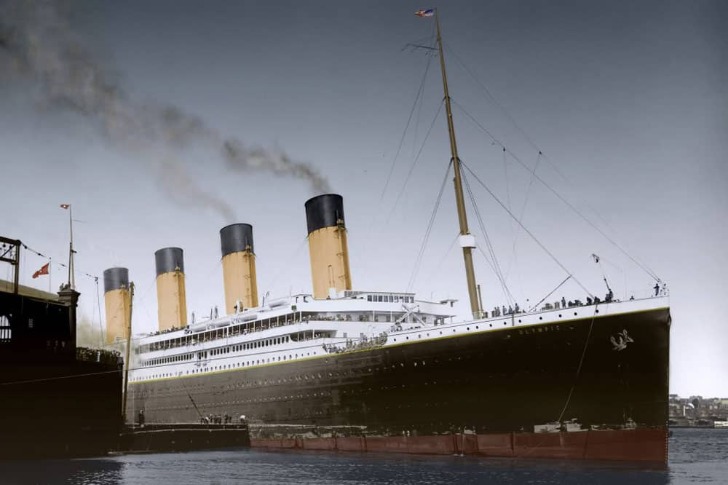
Captain Smith might have been a legendary ship captain of his time, but one decision tainted his career forever—even after his death. There was space for 64 lifeboats, but the captain decided that they weren't needed, and 20 would be fine.
If the proper survival measures were considered before the ship took sail, there could have been a lot more survivors. Even the massive amount of vests couldn't help the people who might have died of hypothermia. No matter how strong the vessel is, it's always best to consider the worst situation, especially when traveling into the deep ocean.
The Titanic’s Twin
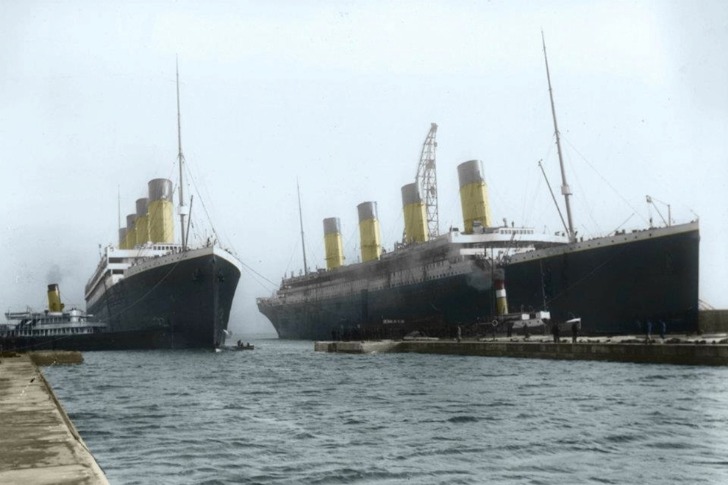
The Titanic was one of a kind—wrong! The ship was not the only one built with the outstandingly lavish exteriors and interiors. It was constructed with two other vessels named, Olympic and Britannic. All these ocean liners were created to provide better traveling options for the immigrants, who wanted to start a new life somewhere else.
You remember the grand staircase of the Titanic; everyone keeps talking about? Well, the actual staircase was never photographed, and what we have been seeing in photos and documentaries for the past century is its exact copy in the Olympics. They could easily be confused with one another.
